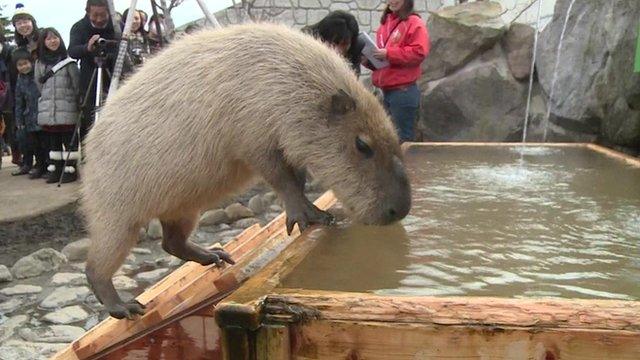Rare giant rat caught on camera for the first time in Solomon Islands
- Published
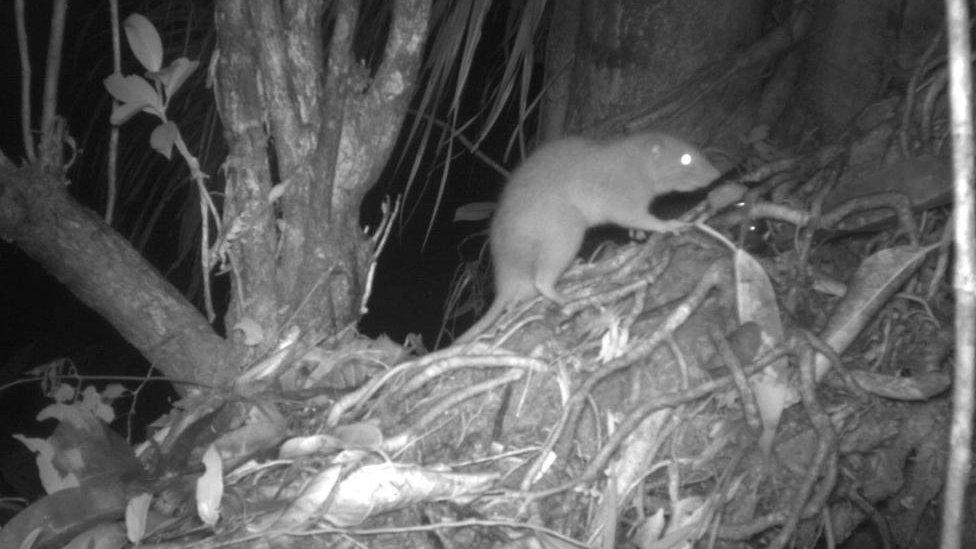
Australian researchers have finally managed to catch a rare giant rat on camera for the first time.
It's been called Uromys vika and is only found on the small island of Vangunu, in the Solomon Islands, 1,243 miles (2,000km) north east of Australia.
It also probably looks very different from any rat you've seen before.
The rodent is 45cm long - up to four times the size of an average city-dwelling rat - which makes it bigger than some dogs and cats.
The super-sized rat lives in trees and can chew through coconuts and nuts with its sharp teeth.
The rats are also known for being very shy around humans, and are so hard to find that for a long time most of the world didn't even know the species existed.
It was only after one was found dead in 2015, researchers began looking into it more and formally identified it as a species in 2017.
How did the team spot the Vangunu giant rat this time?
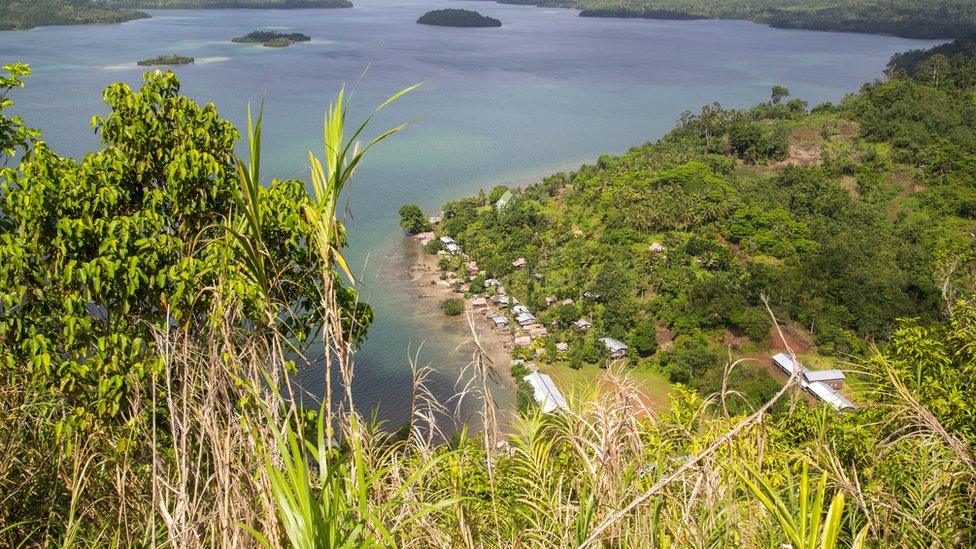
The Solomon Islands are found in the Pacific Ocean, north of Australia, and are home to almost 750,000 people
Kevin Sese, from the Solomon Islands National University, has said it was local Vangunu people who helped researchers locate and photograph the animal.
The local community had long insisted the species lived in their forests but they had never been scientifically documented before.
The group's knowledge of Uromys vika, gave the team a much better idea of where to look and they used oil lamps scented with sesame oil to attract the rats.
Once the rats were in sight, they were able to use night-time field cameras to take a total of 95 images, which showed four rats.
They only set out to find the Uromys vika but as a bonus the team managed to see five other species as well.
The Bismarck common cuscus. black rat, buff-headed coucal, mangrove monitor, and brahminy kite.
University of Melbourne mammologist Tyrone Lavery said: "To work that hard and work with people with traditional knowledge, it was a massive reward and to name a species is pretty special."
The images and report have been published in the Ecology and Evolution journal.

This is what an artist imagined the rats to look like after they were first discovered
Why are these giant rats so important?
Dr Lavery said he estimated that fewer than 100 rats were still alive and they are now listed as critically endangered because of logging in their forest habitat.
It is hoped learning more about this species can help better protect them in the future.

These are some of the nuts believed to have been chewed by the rats
The rats live in Zaira's primary forests, an area belonging to the local Dokoso tribe, but where many trees have been cut down.
In the report Dr Lavery said: "We hope that these images will support efforts to prevent the extinction of this threatened species, and help improve its conservation status."
- Published3 November 2023
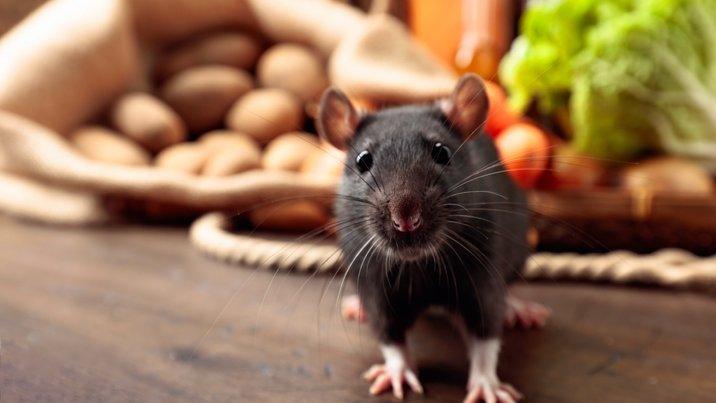
- Published26 October 2022
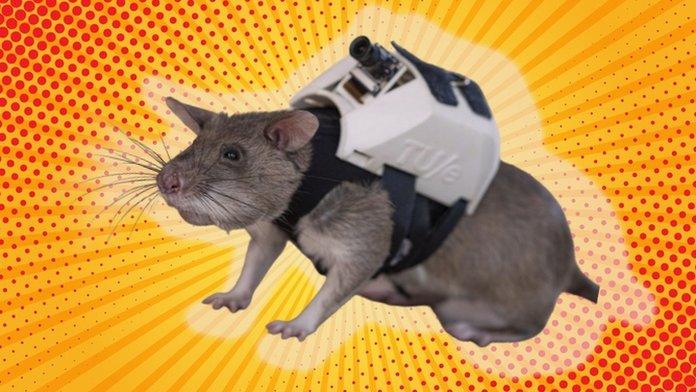
- Published29 February 2016
